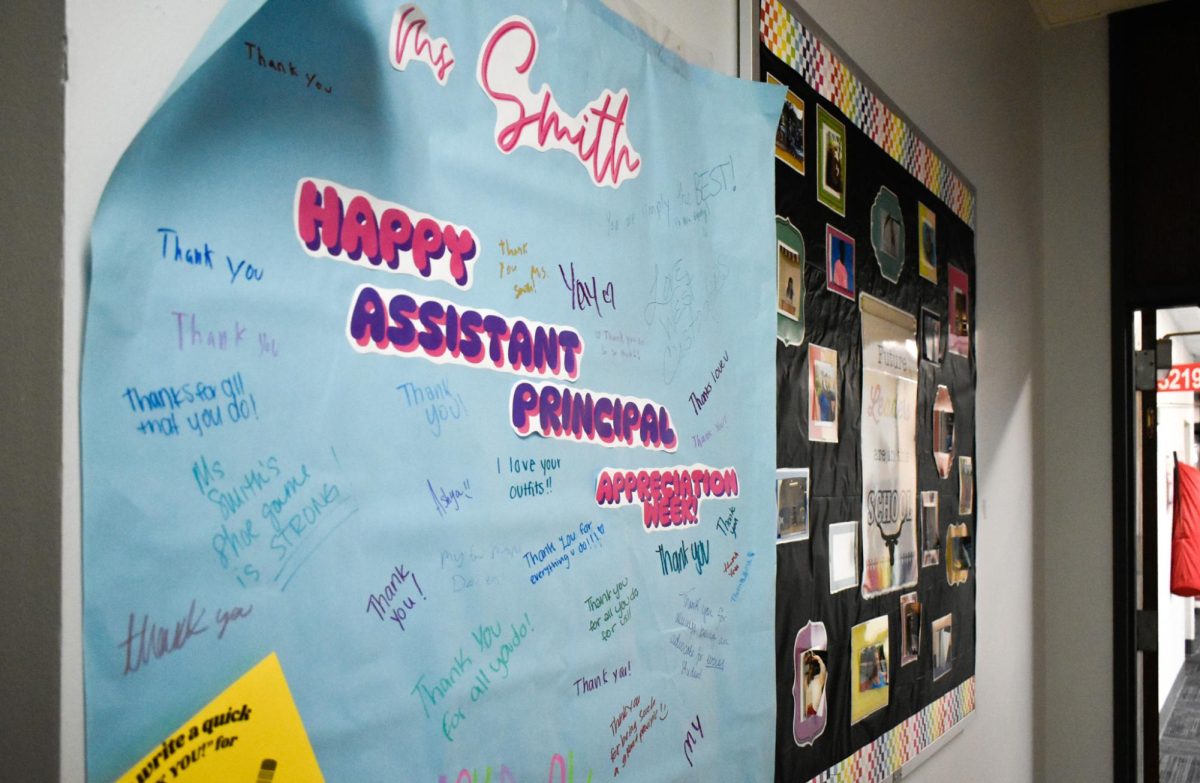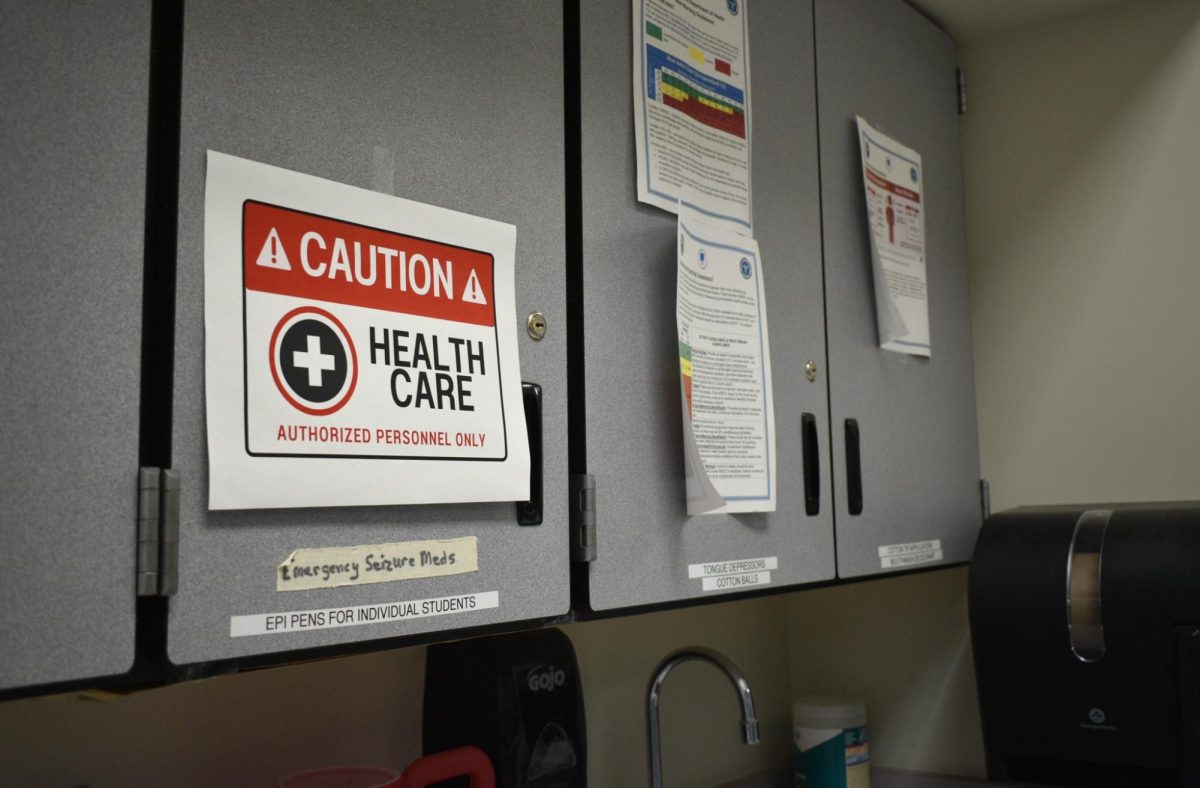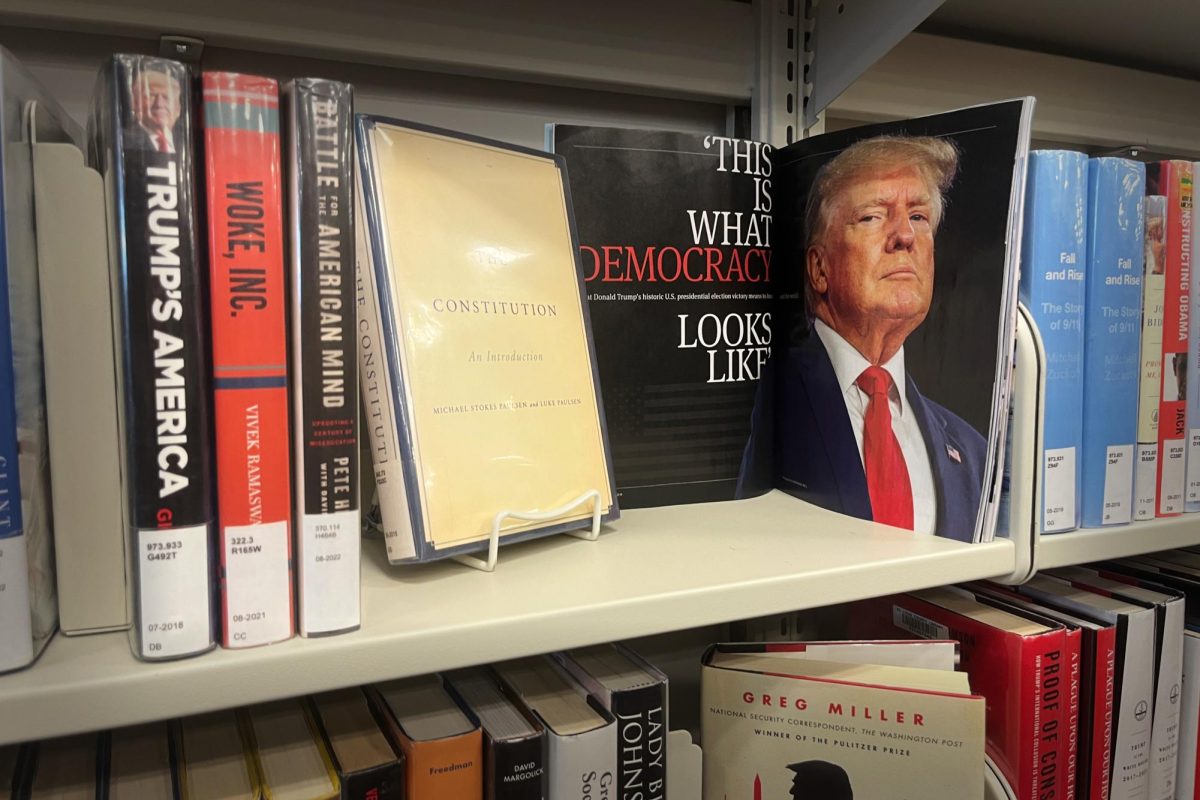The general existence of a minimum wage is non-controversial in U.S. politics. Although there are many countries that do not implement a minimum wage, the majority of people on the spectrum in American politics see it as a necessity. However, the more divisive topic is the actual price of the minimum wage. At the current rate of $7.25 an hour, a full-time employee would have grossed less than $15,000 a year. It would be difficult enough for a single person to survive on this income, let alone trying to support a child or two.
The rebuttal against raising the minimum wage is that it would actually hurt the people we are trying to help by reducing employment. However, the problem with that argument is that there is little to no basis for this claim. In fact, there is little proof that raising the minimum wage raises unemployment.
Even the little amounts of research that records a drop in employment shows that the effect is minuscule, suggesting that a 20 percent increase in the minimum wage to $9.00 may reduce the employment of young people by around two to three percent.
Now, while the desired outcome includes nobody losing their job, it is important to remember the character of these jobs that increase unemployment. Said jobs tend to be high turnover jobs that people leave after working relatively short periods of time. Job loss in this situation is not people being fired, but it rather means that firms or companies might be somewhat slower to hire. This would cause a typical low-wage worker to spend longer between jobs, thus scaling unemployment.
The financial implications might mean, for example, that a typical low wage worker ends up working two percent fewer hours in a year, but they take home 20 percent more money for each hour that they work. This nets out to an increase in pay of 18 percent, a deal that most workers would likely consider pretty good.
In terms of whether the country can afford a higher minimum wage or not, it is important to remember that the minimum wage in 1968 would be almost $9.22 an hour in today’s dollars. In spite of the high minimum wage in the late 1960s, the unemployment rate fell down to three percent. When accounting for inflation, our minimum wage is unusually low.
Furthermore, the country has not gotten poorer in the last four decades. We have policy nuts running around D.C. that seem to think that cell phones, computers, the Internet and all other innovations of the past four decades have reduced our standard of living.
This is, of course, nonsense. Since the 1960s, productivity has increased by more than 120 percent. If the minimum wage had kept up with the productivity growth and inflation then it would be over $20 an hour today.
The real problem in our economy today is not a lack of productivity, or a lower standard of living. The problem is that the gains from productivity growth have not been broadly shared. The wealthy have used their power to rig the deck so that most of the benefits of growth have gone to those at the top. The very wealthy have used their control of trade policy, the Federal Reserve Board, and more recently the Wall Street bailout to ensure that those at the top get wealthier while the rest of the country barely manages to go through a day.
A higher minimum wage is an important step toward reversing this corruption. It should not be too much to expect that workers today should get at least as much as they did 45 years ago, and perhaps some dividend to allow them to share in the benefits of economic growth and productivity increase. The newly proposed minimum wage of $9 an hour would be a big step in the right direction.
Disclaimer: The views and opinions expressed in this article are those of the authors and do not necessarily reflect the official position of the Parkway School District.

![Leaning on the podium, superintendent Melissa Schneider speaks to Parkway journalism students during a press conference. Schneider joined Parkway in July after working in the Thompson School District in Colorado. “My plan [to bond with students] is to get things on my calendar as much as possible. For example, being in [classes] is very special to me. I am trying to be opportunistic [meeting] kids [and] being in [the school] buildings. I have all the sports schedules and the fine arts schedules on my calendar, so that when I'm available, I can get to them,” Schneider said.](https://pwestpathfinder.com/wp-content/uploads/2025/09/IMG_5425-1200x943.jpeg)


![Red, white and blue, the American flag holds the values of our democracy. The fight that we once endured has returned, as student journalists and senior correspondents across the country are losing their voices due to government control. “[Are] the White House and [the] government limiting free speech [and] freedom of the press? Yes [they are],” chief communications officer of the Parkway School District and former journalist Elisa Tomich said.](https://pwestpathfinder.com/wp-content/uploads/2025/03/Untitled-design-14.jpg)
![A board in the Parkway West counseling department displays pennants of selective universities. With a wide range of students interested in attending, it’s important that these schools have clear priorities when deciding who to admit. “[Washington University] had the major that I wanted, psychology, philosophy, neuroscience. That's a holistic study of the brain, and [WashU is] the only college in the world that offers that. That's the main reason I wanted to go; I got into that program,” senior Dima Layth said.](https://pwestpathfinder.com/wp-content/uploads/2025/02/Flag-1.png)

![Within the U.S., the busiest shopping period of the year is Cyber Week, the time from Thanksgiving through Black Friday and Cyber Monday. This year, shoppers spent $13.3 billion on Cyber Monday, which is a 7.3% year-over-year increase from 2023. “When I was younger, I would always be out with my mom getting Christmas gifts or just shopping in general. Now, as she has gotten older, I've noticed [that almost] every day, I'll open the front door and there's three packages that my mom has ordered. Part of that is she just doesn't always have the time to go to a store for 30 minutes to an hour, but the other part is when she gets bored, she has easy access to [shopping],” junior Grace Garetson said.](https://pwestpathfinder.com/wp-content/uploads/2024/12/DSC_0249.JPG-1200x801.jpg)

![Senior Sally Peters stands in the history hallway, contemplating her choices in the 2024 United States and Missouri elections on Nov. 5. As a member of Diplomacy Club, Peters has discussed key candidates and issues in contemporary American politics. “[As students], we're starting to become adults. We're realizing how much the policies that are enforced and the laws that make it through the House and Senate are starting to affect us. [Opportunities such as] AP [U.S.Government] and Diplomacy Club [make elections feel] a lot more real,” Diplomacy Club vice president and senior Nidhisha Pejathaya said.](https://pwestpathfinder.com/wp-content/uploads/2024/10/Flag-1-1.png)
![Mounting school pressure can leave many students overworked and overstressed. Schools must give students the necessary resources to help assuage student mental health issues and prevent the development of serious crises. “The biggest thing [schools] can do [to protect student mental health] is offer more time [to do work], like a study hall, or offer more support from teachers so that students don't feel stressed out and can get help in areas that they need,” senior Bhavya Gupta said.](https://pwestpathfinder.com/wp-content/uploads/2024/09/unnamed-4.jpg)